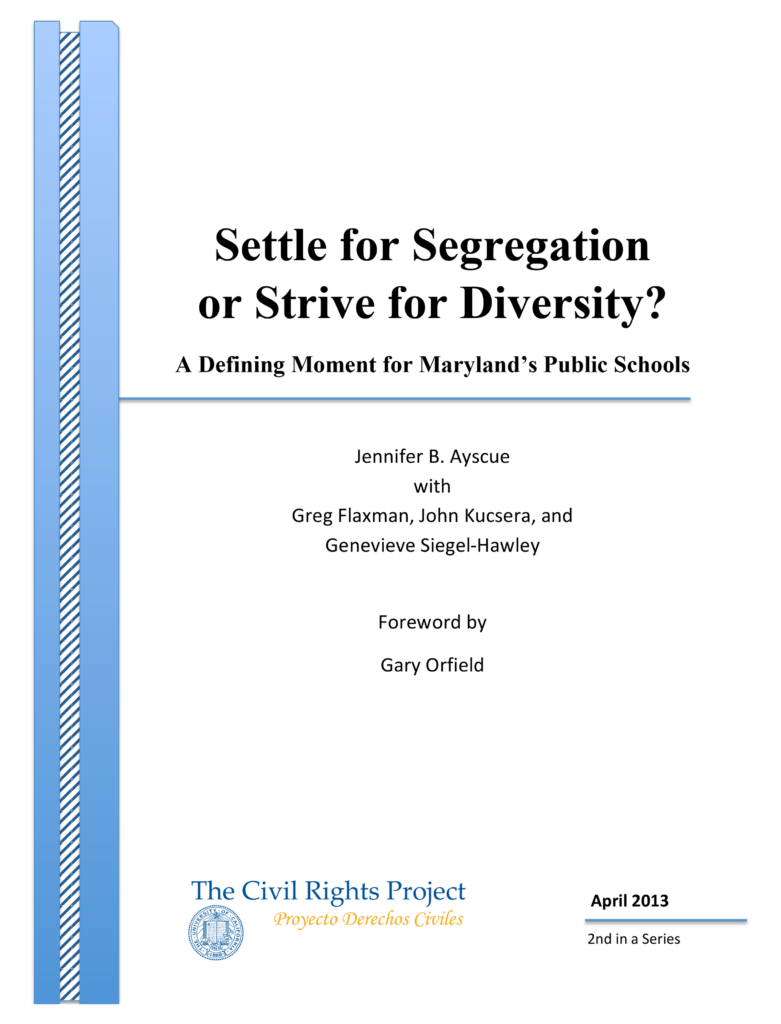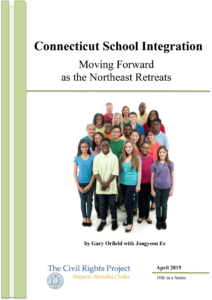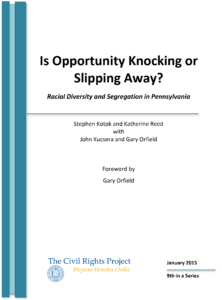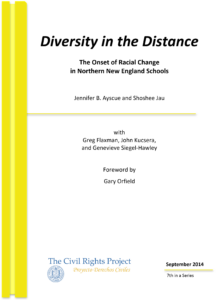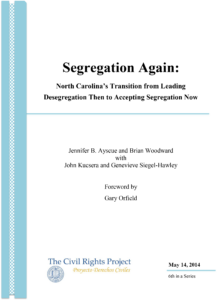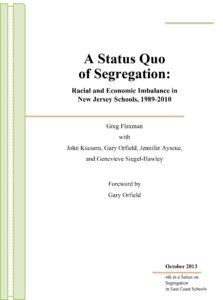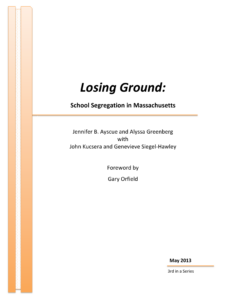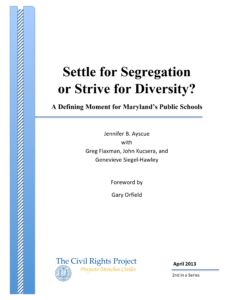Executive Summary
Maryland, as one of 17 states that had de jure segregation, has an intense history of school segregation. Following the 1954 Brown decision, school districts across the state employed various methods to desegregate their schools, including mandatory busing in Prince George’s County, magnet schools in Montgomery County, and a freedom of choice plan in Baltimore. Although the districts made some progress in desegregating their schools, after plans that had the explicit goal of decreasing segregation ended, many of the schools in Maryland again reached high levels of segregation.
Major findings in the report include:
Maryland
- The white share of Maryland’s public school enrollment decreased from 61.9% in 1989-1990 to 43.4% in 2010-2011, and during the same time period the Latino share of enrollment increased by 457.1%, a substantial increase from 2.1% to 11.7%.
- In 2010-2011, the typical white student attended a school with 27.2% low-income students as compared to the typical black student who attended a school that was 54.6% low-income and the typical Latino student whose school was 49.9% low-income.
- A clear pattern has emerged of increasing levels of low-income students as the level of racial segregation within the schools also has increased. In 2010-2011, the most segregated of schools, 99-100% minority, termed apartheid schools, also had the highest level (72.8%) of low-income students. This highlights the double segregation of students by race and class.
- Over the last two decades, the share of majority minority schools has almost doubled, the share of intensely segregated schools has more than doubled, and in 2010-2011, more than one-tenth of the total schools in Maryland were apartheid schools.
Baltimore-Washington Consolidated Metropolitan Statistical Area
- The white share of enrollment decreased from 59.7% in 1989-1990 to 40.3% in 2010-2011 and the Latino share of enrollment increased by 443.5%, a substantial increase from 2.3% in 1989-1990 to 12.5% in 2010-2011.
- In 2010-2011, the typical black student attended a school with 54.8% low-income students and the typical Latino student attended a school with 49.9% low-income students, which is approximately double the share of low-income students in schools attended by the typical white student (24.4%).
- As the level of racial segregation within schools has increased, the level of low-income students in segregated schools also has increased, revealing a strong relationship between segregation by race and class; in 2010-2011, the Baltimore-Washington CMSA’s apartheid schools enrolled 72.8% low-income students.
- Over the last two decades, majority minority schools have almost doubled, intensely segregated schools have almost tripled, and in 2010-2011, more than one-tenth of the total schools in the Baltimore-Washington CMSA were apartheid schools.
This report is part of a special series, “School Segregation Trends in the Eastern States.” These studies explore trends in enrollment and school segregation patterns from 1989 to 2010 at the state and regional levels, including various metro areas for each state. The reports also document the history of school desegregation in each state and across its geographic regions, including key desegregation cases and remedies, when applicable.
In compliance with the UC Open Access Policy, this report has been made available on eScholarship:
